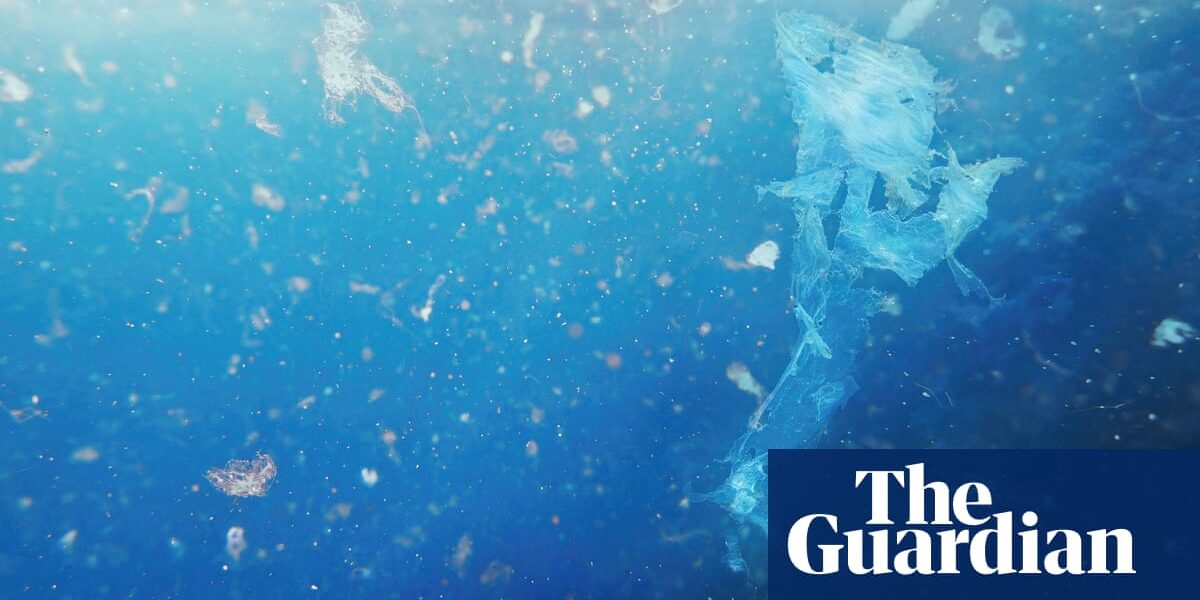
M
Microplastics, which are small pieces of plastic measuring less than 5mm, are pervasive in our environment. These fragments are a result of the excessive production of man-made polymers and evidence shows they are infiltrating all levels of the ecosystem. Recent research discovered their presence in 90% of protein samples and a 2020 study found them in fruits and vegetables. Another study conducted this year revealed that bottled water may contain up to 100 times more plastic particles than previously thought, and some studies have even detected microplastics in the placentas of unborn babies. Is this an insurmountable issue? Could our health be at risk in ways we have yet to fully comprehend? And if so, is it too late to take action?
Unfortunately, the latest findings reveal that the issue of microplastics is more severe than previously believed. According to Professor Catherine Wilson, a microplastics specialist at Cardiff University’s School of Engineering, these tiny particles are not only present in our seawater and beaches, but are also being discovered in our freshwater systems and even as far as the Arctic region. This has sparked concerns about their potential spread through the air. Furthermore, the use of recycled sludge, a byproduct of sewage treatment that is rich in nutrients, as fertilizer in agriculture has led to the recycling of microplastics in the environment, possibly causing accumulation in farmland soil.
What is the impact of microplastics on human health? There are two main ways in which microplastics may harm us: by disrupting our bodily functions through chemical means, or by accumulating in sufficient quantities to obstruct our circulatory, respiratory, or digestive systems. One significant concern is the potential increase in cancer risk; however, the extent of this risk is not yet fully understood. According to Professor Jo Cable, head of the School of Biosciences at Cardiff University, studies have shown a link between the potential carcinogenic effects of microplastics and nanoplastics (which are visible only under powerful microscopes) on human cells in vitro and in animal and plant models in vivo. It should be noted, however, that the concentrations of plastic used in these studies were much higher than those found in recent studies on the presence of microplastics in the bloodstream.
It is uncertain if microplastics have a significant impact on the production of immune cells or appetite, although these potential effects are concerning. Cable states that further research is necessary to determine the consequences of this level of exposure, as well as whether microplastics remain in our bodies or are eventually expelled. Additionally, it is important to explore alternative options, such as the Plastic Fish project at Cardiff University, which is investigating the potential environmental and organism health benefits of bio-based plastics and their additives. However, evidence suggests that these alternatives may not be as environmentally friendly as marketed.
What are our options? Regrettably, this is a societal issue: the widespread presence of microplastics makes it nearly impossible to avoid them. While plastics are a necessary and even life-saving resource, we have been using them in an unsustainable manner for many years, leaving behind a legacy that may be challenging to address for future generations. Globally, we must transition towards plastic products that are either biodegradable – meaning they naturally break down – or more easily chemically recyclable; and there needs to be motivation for both consumers and businesses to adopt these options. Though it is a complex problem to solve, as it will likely impact anyone who swims, eats, or breathes, it is a concern for all of us.
Source: theguardian.com



